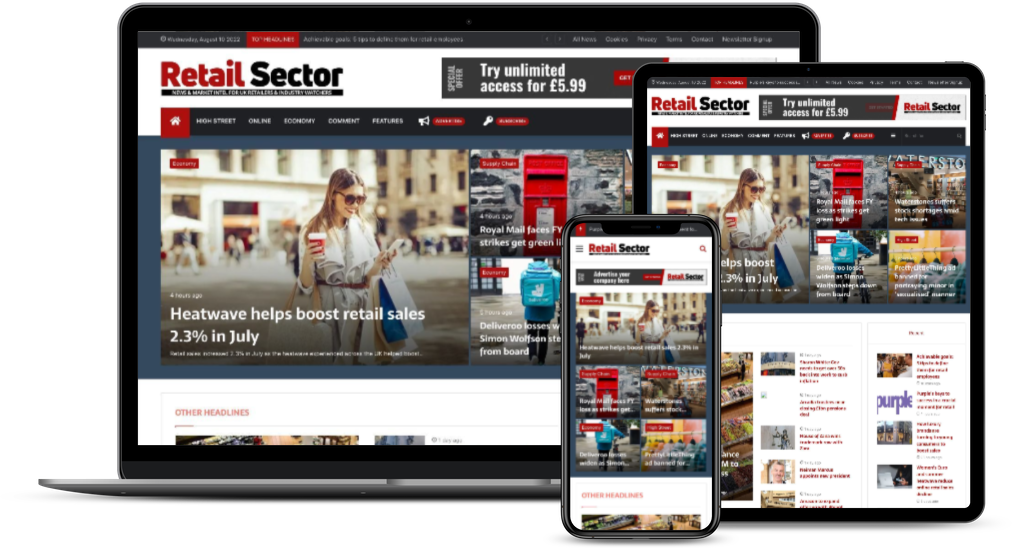Three tip for warehouse transformation

It wasn’t very long ago when fulfillment was described as: “Just logistics.” How times change. And with the speed and accuracy of deliveries enabling competitive advantage, warehousing is high on boardroom agendas.

